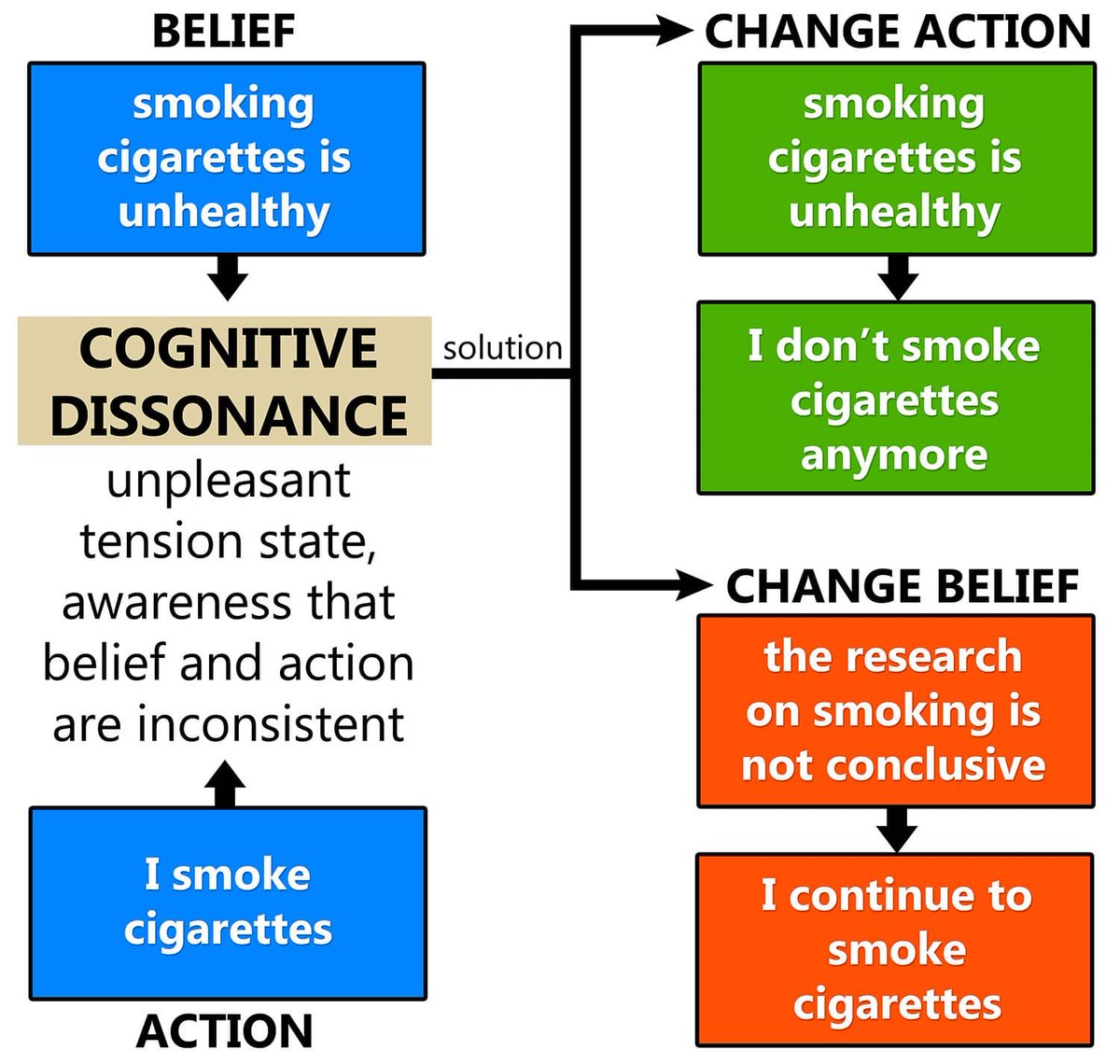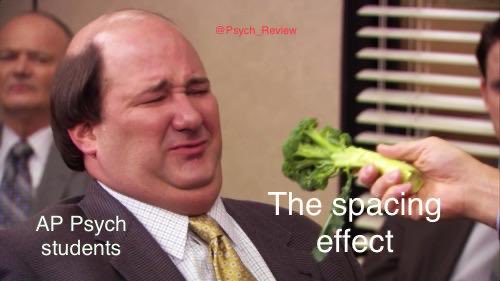
Mr. Wiskerchen
@preblepsych
Psychology, Cultural Images, History Teacher, and Department Chairman at @GBPreble. I manage @Psych_Review on Twitter & Instagram to help prep for the AP exam.
ID: 1633939512
https://sites.google.com/a/gbaps.org/mr-wiskerchen-s-psychology-website/ 30-07-2013 22:29:49
7,7K Tweet
604 Followers
198 Following






















